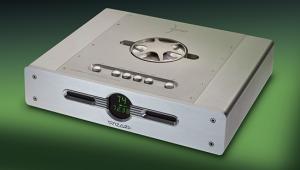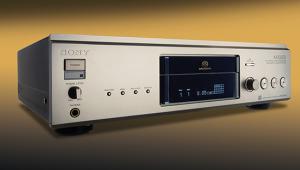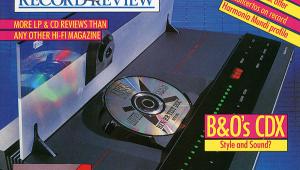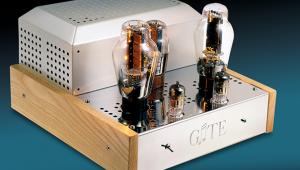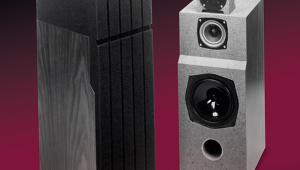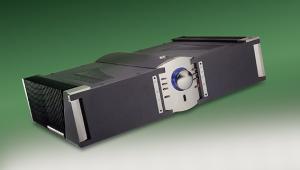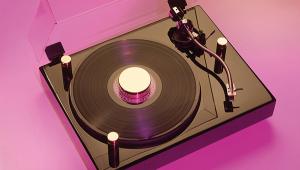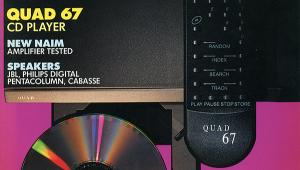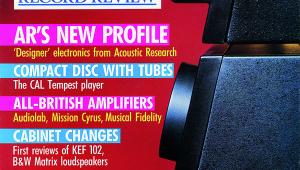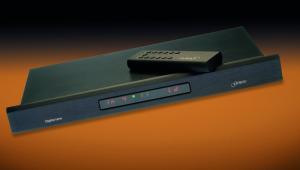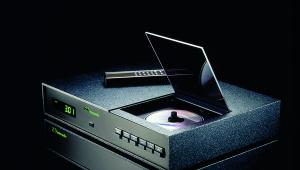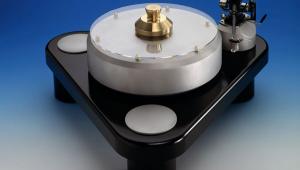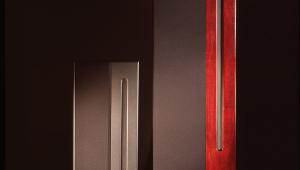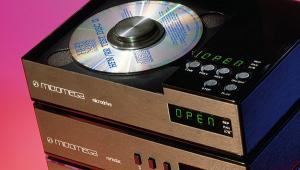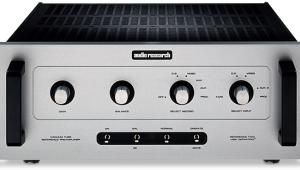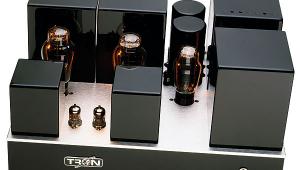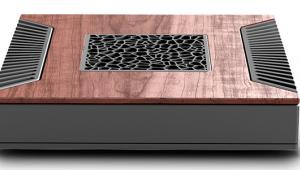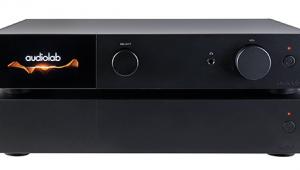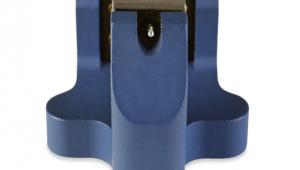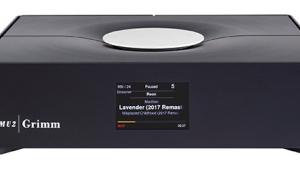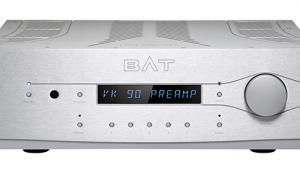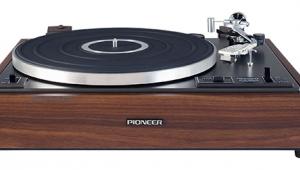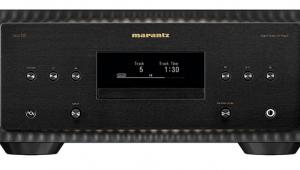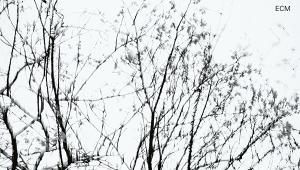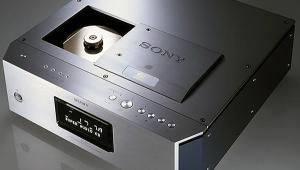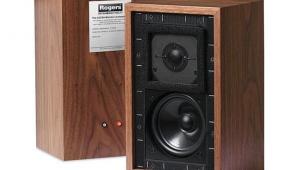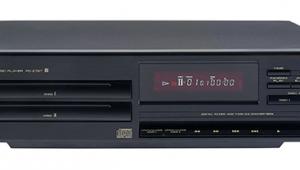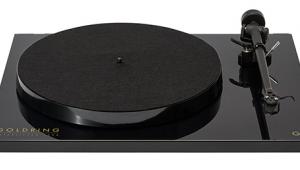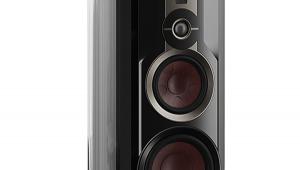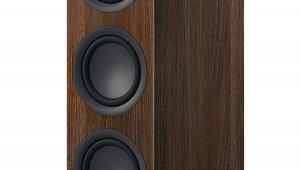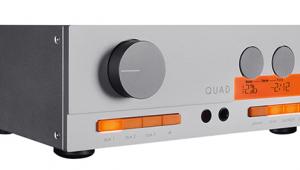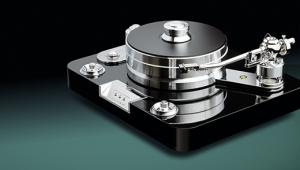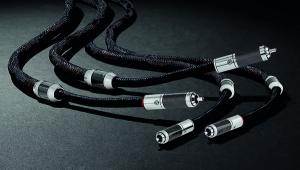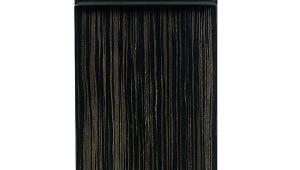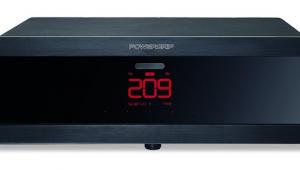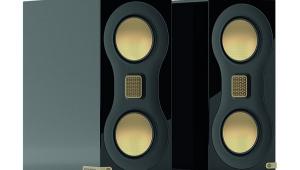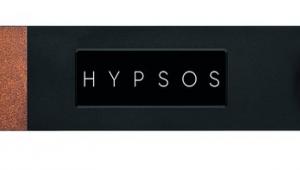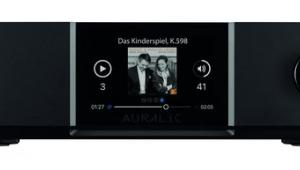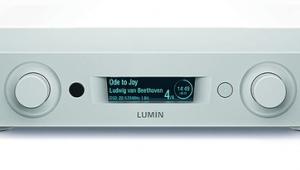Conrad-Johnson ART Preamp Page 2
State Of The Art
There's a zest for musical life here, the sound positively bubbling with vitality and dynamic expression. This is done with the purest midband and most natural frequency balance you've ever heard from such a product. There's no false presence, forwardness or exaggeration, yet the performers themselves have great presence, are most naturally rendered. Imbued with snap and sparkle, air and ambience, as well as a crisp, focused, punchy bass, the ART sails away, equally happy on J S Bach, Miles Davis or Van Morrison.

By today's standards, resolution was absolute, while fine detail was excellently reproduced, no matter how complex the programme content. Stereo images were simply superb. Crystal clear, the soundstages were appropriately magnificent with suitably expansive recordings, marvellously intricate when so directed by the recorded acoustic. So far as width, focus, depth and perspective layering were concerned, the ART now re-defines the 'state of the art'.
It comprehensively proved that you can beat a passive controller if – and only if – the active part is good enough. Then the benefits of good source-matching and powerful drive to the output cable and power amp can all make themselves felt. And don't think of valves when you hear the ART bass: it's so well defined and so powerful it defies rational analysis. A number of noted solid-state alternatives sounded soggy by comparison, and I think this has more to do with the quality of dynamic expression, extended right into the bass, than any academic criterion of damping.
Meanwhile, the tonal quality was grainless, almost featureless – just as it should be. Here it effortlessly revealed both complex and subtle colorations of tone and timbre.
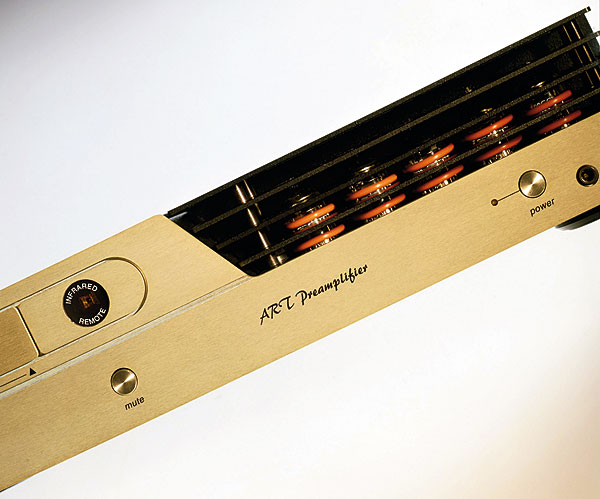
Judging this product was extremely difficult even after very careful referencing was established with other designs, experimenting with hard-wired links, passive and reference cables. Many trials were essential to try and separate the necessary cables from the overall sonic equation. Matters were complicated still further by the ability of the ART apparently to improve the sound of digital sources, somehow rearranging the weighting of their residual distortion spectra, those at the very limit of audibility, to create a more harmonious result.
Maximum Music
All in all, the ART's performance offered an real advance over its Premier 14 stablemate, and the rest of the field I have experienced. Wholly in its element with the Premier 8a power amps (now manufactured using 16 close-matched 6550 tubes) it also proved to be remarkably happy with the Krell FPB-600 (ART grounds lifted, '600 fully grounded – see later). Here the ART provided a happy combination of delicacy and liveliness, also helping to keep this massive but golden-hearted power amplifier on its toes. I certainly valued the balanced and SE inputs, both present on the Krell design.
While the Premier 8a sounded better than ever, broadly in the valve tube idiom and very satisfying overall, and with a beguiling and seductive liquidity through the midrange, something magic happened with ART's unlikely partnering with the Krell juggernaut. Somehow the FBA-600 became a mere accessory to the ART, being totally under its mastery.
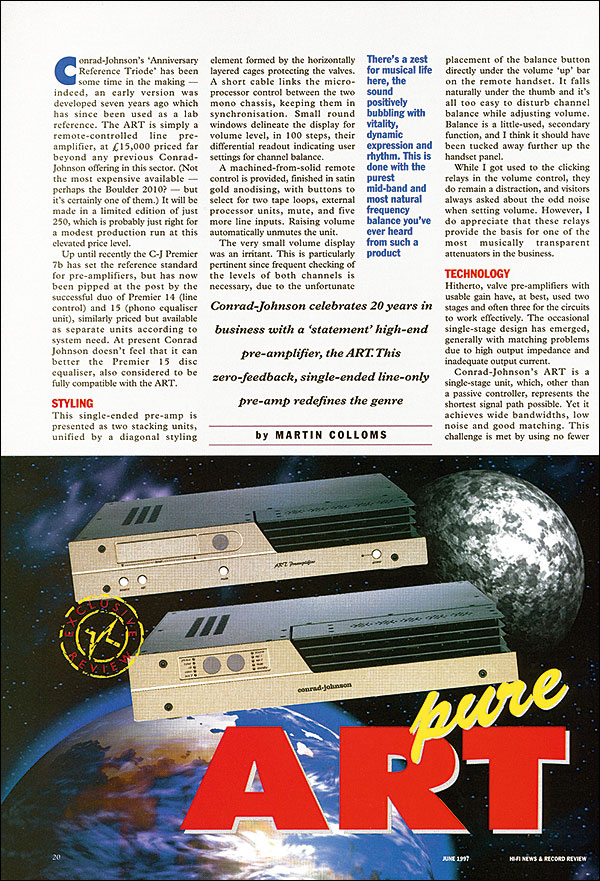
Previous characterisations of this power amplifier now felt inappropriate. It was as if an imaginary intrinsic speed limiter on the big Krell had been suddenly disconnected, and all that horsepower was freed to generate maximum musical expression and impact. I've heard nothing like it before. I swear that I had no idea just how spacious, transparent, fast and neutral the '600 really was.
Earning Its Spurs
Cycling through a selection of reference cables, it was also obvious that the ART, and Krell amp, were operating at the limits of available cable performance. While the quality of the ART was obvious even with typical installations, it's only when you stretch those limits that you discover just how far the ART can take you.
I must now report some matching aspects which affect the sound. Failure to execute these details won't kill the ART's performance, but you won't be getting the best out of it either. In general I feel van den Hul 'The First' best complemented the ART for the source link, but minor ground-loop problems caused audible hum in some combinations. With a ground-lifted CD player, use of The First was possible, and excellent; that is, with the Krell grounded to its own spur and the ART ground-lifted. All other combinations required an alternative interconnect cable with a low ground-return resistance, eg, one of the best Siltech cables.
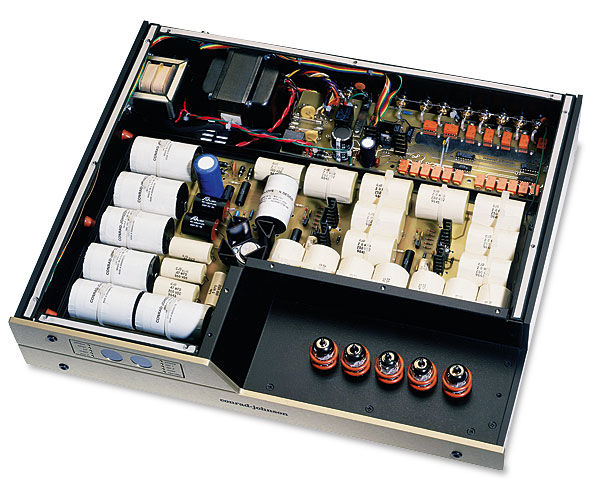
With the Premier 8a, the power amps were ground-lifted while the ART was generally grounded. In the latter mode the best focus and firmest bass were achieved. However, more of the 'air' and dynamic qualities heard via the FBA-600 were evident when the ART was also ground-lifted.
If you want to experience the extreme transparency of the ART, be sure to experiment with ancillaries and mains quality. Sharing the ART with other items on a common mains-supply line, or ring, can knock 15% off the performance. Give the ART its own spur and it will remain in overdrive.
Conclusion
It is the sheer sound quality of the ART which truly justifies those years of research and design, which have culminated in this extraordinary line control unit. Its commanding reach for greater musical involvement, tonal purity and naturalness is unsurpassed. Rock, classical, jazz or folk, it cares not a whit, as all are shown in their most favourable light through the ART.
The ART constitutes a new reference for what is possible from audio replay, conveying absolutely the zero-feedback SE message. This design requires further consideration by the audio industry, for it's where traditionalists and the SE brigade can meet on common ground and reconcile their differences.
